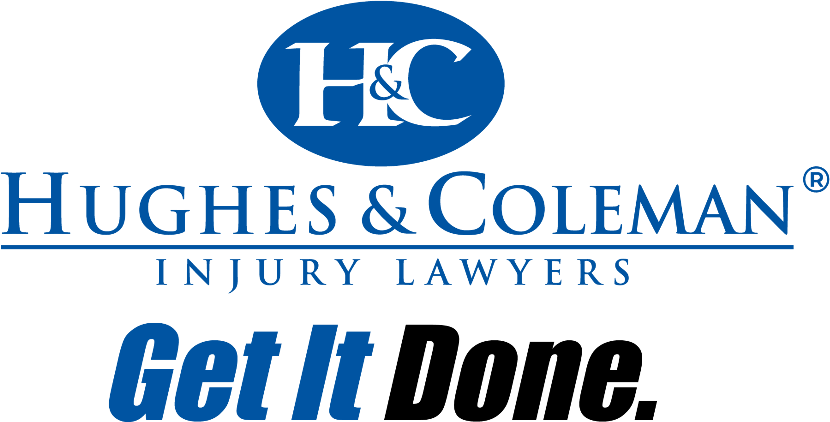Having a child should be one of the happiest moments of your life. However, every year, thousands of children suffer serious and even fatal injuries during labor and delivery. Many of these injuries are the result of negligent medical care.
If you’re a parent of a child who sustained a birth injury, you are not alone. Some estimates indicate that approximately 28,000 infants suffer birth injuries in the United States every year. If your child has suffered any injury due to negligent medical care, our Kentucky birth injury attorneys can help.
According to the Agency for Healthcare Research and Quality (AHRQ), approximately 28,000 infants suffer birth injuries in the United States every year.
Negligent medical care can result in:
- Cerebral Palsy
- Erb’s Palsy
- Head injury
- Traumatic brain injury
- Paralysis
- Death
Injuries can occur to either the mother, the child, or both, and may occur during pregnancy or during labor and delivery. Birth injuries often involve:
- Failure to properly monitor the baby during labor and delivery
- Failure to recognize the need for a cesarean section or delay in performing it
- Failure to deliver the baby timely
- Failure to detect or prevent hypoxia or asphyxia
- Failure to diagnose birth defects that could have been treated in utero
- Failure to recognize a medical condition of the mother that can affect the baby, such as infection or high blood pressure
- Failure to properly and timely deliver a baby stuck in the birth canal
- Failure to recognize an ectopic pregnancy
- Mishandling of the baby during delivery
- Administering the wrong medication or dosage during the pregnancy or in labor
Signs of birth injury can include bruising, paralysis, and physical deformation. However, some birth injuries like Cerebral Palsy, often go undetected for years.
Cerebral Palsy (CP) is not a disease but rather a condition. It is caused by damage to the part of the brain that controls movement, adversely affecting motion and posture. CP can be mild to severe. In severe cases, the child will likely be unable to perform daily living activities such as walking, talking, or feeding.
Many parents of children with Cerebral Palsy notice some or all of the following characteristics and symptoms:
- Lack of muscle coordination when performing voluntary movements (ataxia)
- Stiff muscles and exaggerated reflexes (spasticity)
- Stiff muscles with normal reflexes (rigidity)
- Slow, writhing movements (athetosis)
- Inconsistency in muscle tone
- Tremors or involuntary movements
- Seizures
- Delays in reaching motor skills milestones, such as sitting up alone or crawling
- Favoring one side of the body
- Difficulty walking (walking on toes, a wide gait, an asymmetrical gait, a crouched gait or with knees crossing)
- Excessive drooling, difficulty swallowing, sucking or eating
- Delays in speech development or difficulty speaking
- Difficulty with fine motor skills, such as picking up food and small toys
Cerebral palsy may affect one limb or one side of the body, or it may affect the whole body. Although symptoms of cerebral palsy don’t usually worsen with age, muscle shortening and muscle rigidity may worsen if not treated appropriately.
In addition to motor skill disorders, about half of those diagnosed with cerebral palsy are also afflicted with certain cognitive disorders. These cognitive disorders are not symptoms of the condition but are a result of brain damage that occurred to other areas of the brain at the same time as the Cerebral Palsy injury occurred.
There are three different types of nerves in the human body: nerves that control automatic functions like heartbeat and eye watering, nerves that control movement, and nerves that deliver sensation. During birth, excessive pressure on the neck, shoulder or spinal cord of the baby can cause nerve damage. Some conditions that result from nerve damage are:
Brachial plexus injury
The brachial plexus is a network of nerves located in the neck. These nerves are responsible for the movement and sensation of the arms, shoulders, hands, and some parts of the chest and back. The most common cause of brachial plexus injury is neuropraxia. This is when the nerves are compressed or stretched. Most brachial plexus injuries can be treated through surgery or physical therapy.
Erb’s Palsy
Sometimes referred to as shoulder dystocia, this condition involves damage to the brachial plexus nerves of the shoulder and is often the result of a doctor pulling too hard on the arm of a child or pulling in an unnatural direction. The result can be an inability to move the arm, keeping the arm in an abnormal position, pain, loss of feeling, lack of grip, and weak or absent reflexes.
Many parents whose infants have been victims of birth injury find themselves grieving the loss of the life their child should have had. They may go through a period of adjustment that includes letting go of the dreams and expectations they may have had for their child, and reinvesting emotionally in a new vision for their little one’s future. Parents are also faced with the reality that their child may need more, in terms of medical care and financially than they can provide. An injured child may benefit from physical therapy and various cognitive therapies that may help the child to live a more fulfilling life. If your child has suffered an injury during pregnancy, labor, or delivery due to medical carelessness or negligence, a birth injury attorney can help you to recover for damages that can help your child have the care he or she needs.
Depending on the case, your child may be able to recover the following damages:
- Future medical care
- Past medical care
- Loss of future earnings
- Pain and suffering
- Punitive damages
While no amount of compensation can make up for the injuries your child has sustained, it can help provide the necessary medical treatment and care your child deserves to live a safe and fulfilling life.

Get Help for Your Child’s Future
If you think your child sustained a birth injury, set up a free consultation with our firm as soon as possible. During the consultation, you’ll be asked specific questions about the pregnancy, birth, and delivery of your child to help us determine if medical malpractice occurred. Our firm works under a contingency fee arrangement which means that representation is absolutely free until we can recover damages for you. There’s no upfront fee if you decide to secure our representation and the consultation is free.


